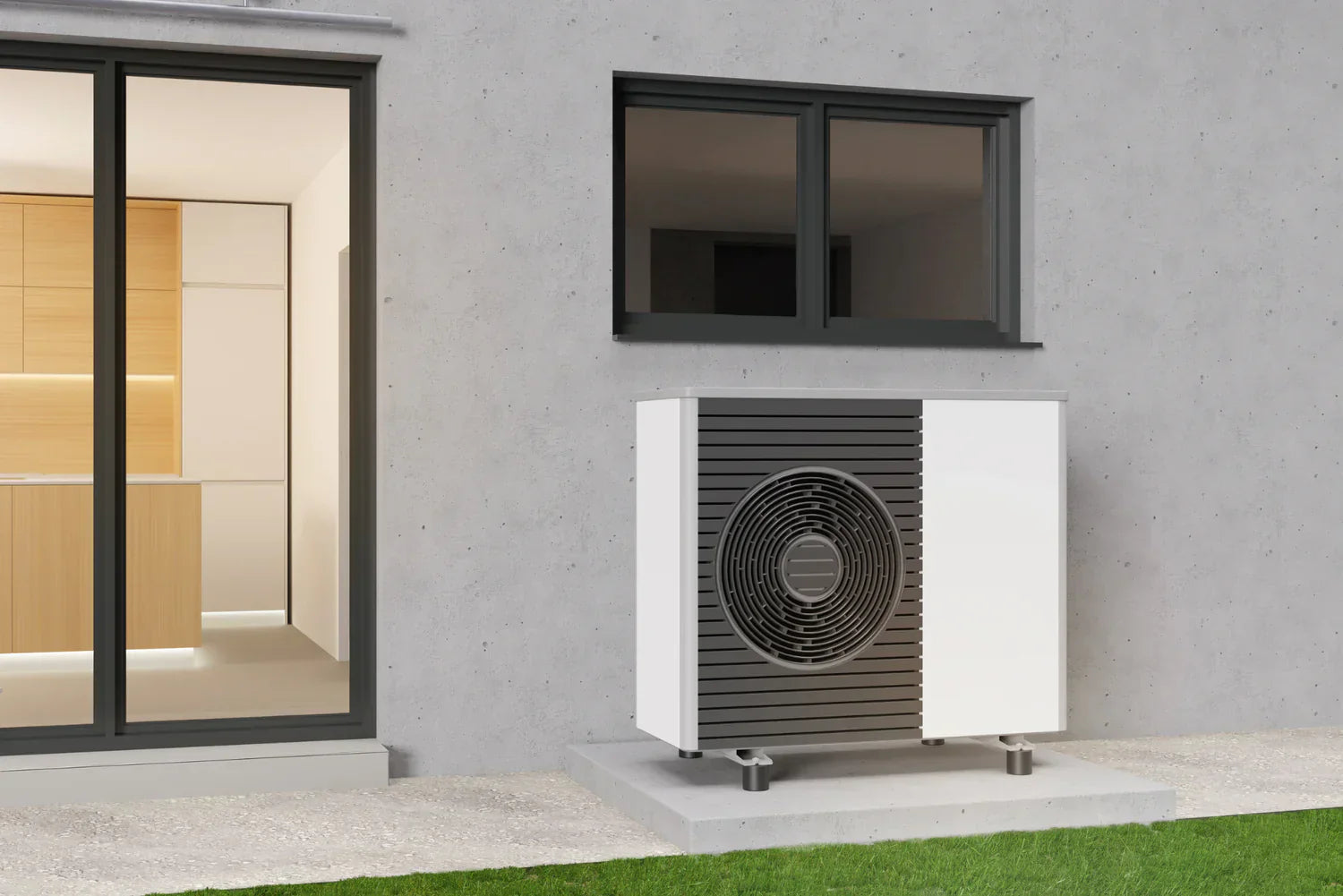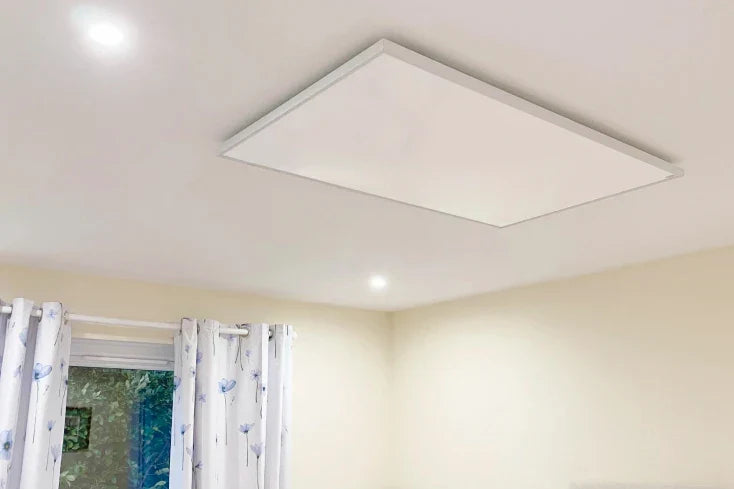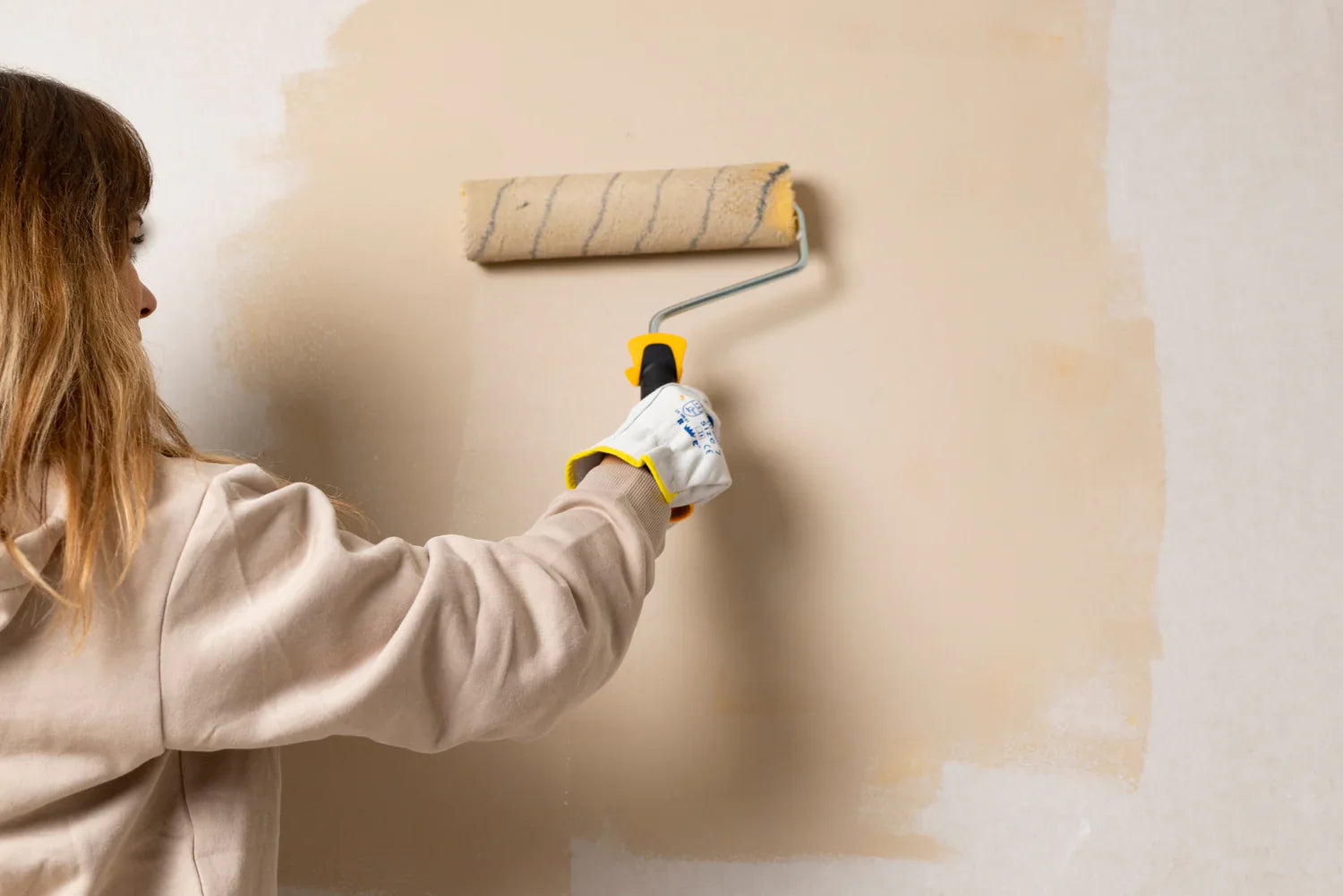A self-build journey is a unique experience, and how you choose to heat your new self-build property is a major decision that is not to be taken lightly. It's more than simply keeping cosy in winter as there are a lot of factors to consider. You’ll no doubt want a system that performs efficiently, keeps bills low and is easy to maintain in the future.
Infrared Heating vs. Heat Pumps: What to Consider
As there are many options to consider nowadays, two options that are often compared are far infrared heating systems and a heat pump. At this point, you will need to take into consideration your personal preferences, budget, and the specific requirements of your property as each property varies.
How Infrared Heating Works and Its Key Benefits
Infrared heating uses radiant heat to warm objects and surfaces in a room, as opposed to the air. This means that the heat is more focused and targeted, and can provide a more comfortable, natural feeling of warmth. Infrared heating can also be more energy-efficient than traditional heating systems, as it doesn't need to warm up the entire air in a room to create a comfortable environment.
A heat pump, on the other hand, is designed to work by extracting heat from the outside air and using it to heat your property. This can be a very energy-efficient option, however, it still needs electricity to run the heat pump, so it’s not a completely renewable system. In colder climates, it will take considerably more electricity as it needs to work harder to keep your space warm making it less efficient to run during the winter, which is when you need heat the most.
You would need to keep it running 24/7, to keep your house at ambient temperature, whereas an infrared heating system will take less time to heat up and you wouldn’t need to keep it running throughout the winter – only use it when and where you need it. They can also experience issues such as icing in cold temperatures, which can ultimately damage the system in the long run and if it stops working, this will mean that there will be no heating throughout the entire house. Heat pumps can also be used for cooling in the summer months, making them a versatile choice.
When installing a heat pump, you would also need to think about the space you have on your property and in some cases, you would also require planning permission as this can be a rather invasive process. Another hidden cost would potentially be needing to upgrade your electrical supply unit as well as annual and ongoing maintenance. To keep the unit in the best possible condition, this will be compulsory. Labour and parts costs will continue to increase and will become difficult to find as the unit gets older.
When deciding between infrared heating and a heat pump, you may want to consider the following
Budget: Heat pumps can be more expensive to install than infrared heating but may offer long-term savings on your energy bills.
Climate: If you live in a cold climate, a heat pump may not be as effective at providing heat as infrared heating. However, if you live in a mild climate, a heat pump may be a very effective option.
Room layout: Infrared heating can be particularly effective in rooms with high ceilings, as it can warm the objects and surfaces in the room directly.
Going electric is essential to achieve the UK Government's net zero plan and even though the government is heavily promoting heat pumps as the solution; infrared heating could be the best possible answer and is likely to be much cheaper and far more practical than heat pumps for the larger majority of domestic and commercial properties. This is because Infrared heaters are a fraction of the cost to initially purchase and cheaper to install. In some cases, this can be an even DIY installation, so there is no need for electricians or even engineers. As infrared panels require a low amount of energy to function, you can also consider installing solar and battery storage to offset your energy bills.
Can I combine my heat pump and an infrared heating system together?
If you are 100% sure you would like to install a heat pump into your new build, it is possible to combine it with a smart infrared heating system so that you have an extra boost for colder days, or if you want to zone your room and only use it when you occupying a certain area of your home.
Infrared heating panels are perfect for bathrooms and bedrooms as it provides faster warm-up times with almost instant heat. As well as this, there is no noise and light from Kiasa Infrared panels or IR bars.
Ultimately, the best option for your new self-built property will depend on your individual circumstances. It may be helpful to consult with a heating and cooling specialist to help you make an informed and more accurate decision. You can also get in touch with us at Kiasa to get a free quote. We base all our calculations on the national heating average and the dimensions of the room.



